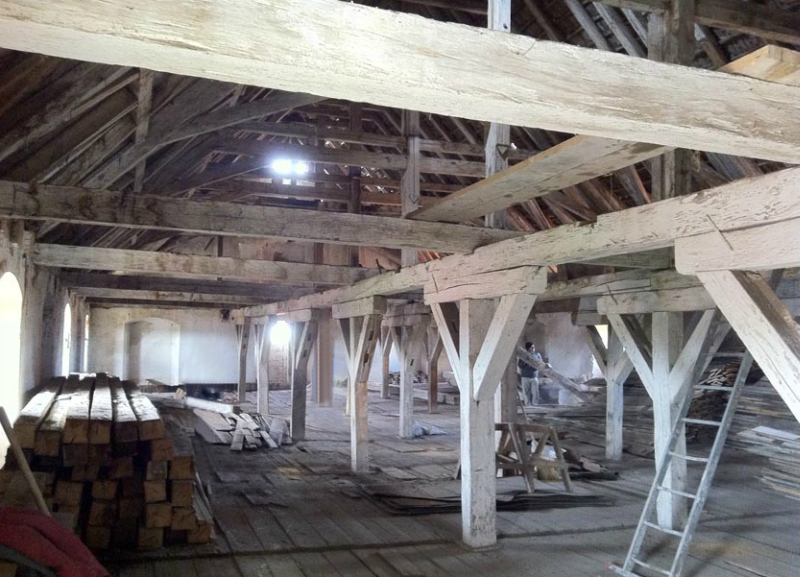Post and beam construction is a traditional building method that has stood the test of time and continues to be popular in Australia. This technique, also known as timber framing or heavy timber construction, involves using large, solid wood posts and beams to create the structural framework of a building. In this article, we will explore the key features, benefits, and applications of post and beam construction in the Australian context.
History and Features of Post and Beam Construction:
Post and beam construction has a rich history that dates back centuries. This technique relies on the use of durable, load-bearing timber posts and beams that are connected using traditional joinery methods such as mortise and tenon or dovetail joints. The result is a strong and aesthetically pleasing framework that showcases the natural beauty of timber.
Benefits of Post and Beam Construction:
Post and beam construction offers several advantages that contribute to its enduring popularity:
Design Flexibility: The use of large timber posts and beams allows for wide open spaces and expansive interiors. Providing design flexibility and the freedom to create unique architectural styles.
Structural Integrity: The robust nature of timber posts and beams ensures the structural integrity and longevity of the building. Post and beames construction exhibits exceptional load-bearing capabilities and boasts remarkable resilience against natural forces like earthquakes and strong winds.
Sustainable and Environmentally Friendly: Timber is a renewable resource that, when sourced responsibly, offers an eco-friendly building material choice. Using timber in construction helps reduce carbon emissions and promotes sustainable practices.
Natural Insulation: Timber possesses inherent insulation properties, making post and beam structures energy-efficient. Wood’s natural ability to retain heat in winter and keep the interior cool in summer contributes to comfortable living spaces and reduced energy consumption.
Applications of Post and Beam Construction in Australia:
Post and beam construction finds wide application in various building types in Australia:
Residential Homes: Many homeowners in Australia appreciate the warm and inviting aesthetic of post and beames construction. Timber-framed homes exude a timeless charm and offer the opportunity to incorporate exposed timber elements, creating a unique living environment.
Commercial Buildings: Post and beames construction can see in commercial settings such as restaurants, hotels, and retail spaces. The exposed timber framework adds character and visual interest, creating a memorable and welcoming atmosphere.
Heritage Restoration: Post and beames construction is often used in the restoration of heritage buildings in Australia. The technique allows for the preservation of historic character while ensuring structural stability and compliance with modern building codes.
Recreational Structures: From pavilions and pergolas to outdoor entertainment areas, post and beam construction is widely utilized for recreational structures. Its natural beauty and versatility make it an ideal choice for creating functional and visually appealing spaces.
Conclusion:
Post and beames construction, with its rich history, timeless appeal, and numerous benefits, remains a popular choice in Australia. The use of large timber posts and beams not only provides structural integrity but also allows for design flexibility and sustainable building practices. Whether in residential homes, commercial buildings, heritage restoration, or recreational structures. Post-and-beames construction continues to be admired for its aesthetic charm and ability to create enduring architectural masterpieces in the Australian landscape.

